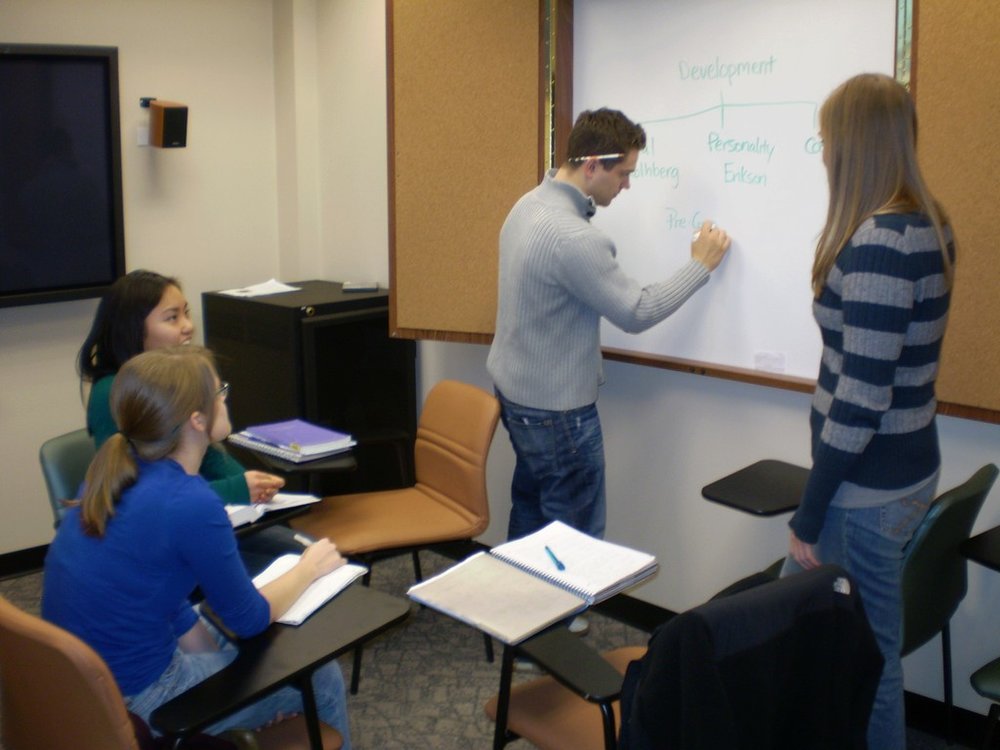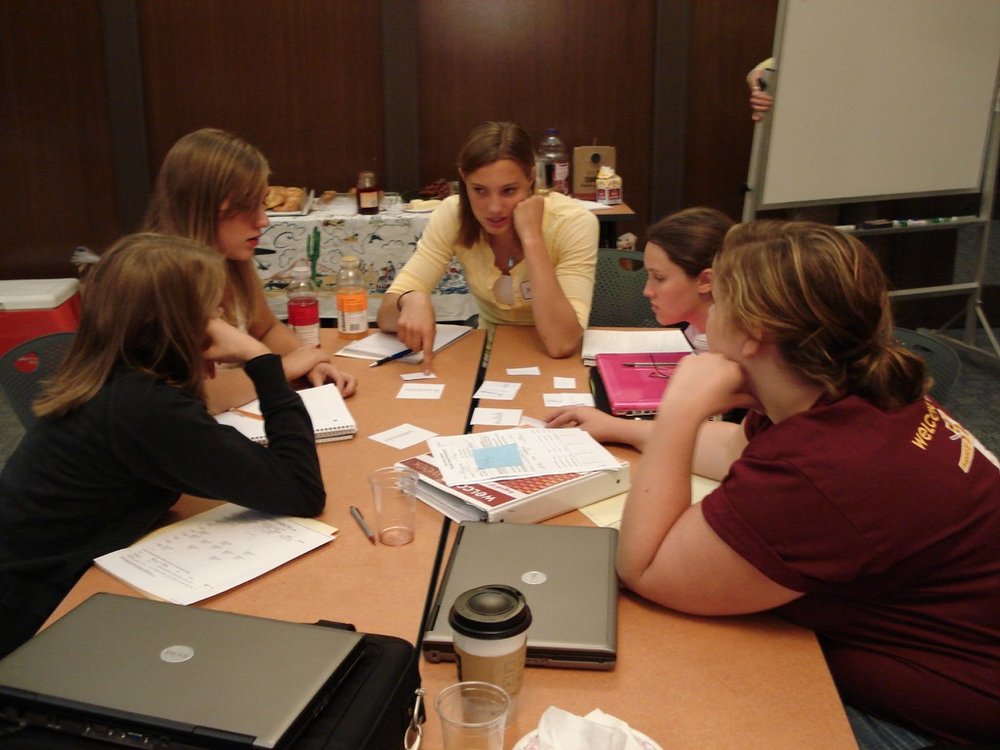 Bruno, P. A., Love Green, J. K., Illerbrun, S. L., Holness, D. A., Illerbrun, S. J., Haus, K. A., & Sveinson, K. L. (2015). Students helping students: Evaluating a pilot program of peer teaching for an undergraduate course in human anatomy. Anatomical Sciences Education. doi: doi:10.1002/ase.1543. Retrieved from http://onlinelibrary.wiley.com/doi/10.1002/ase.1543/epdf
Bruno, P. A., Love Green, J. K., Illerbrun, S. L., Holness, D. A., Illerbrun, S. J., Haus, K. A., & Sveinson, K. L. (2015). Students helping students: Evaluating a pilot program of peer teaching for an undergraduate course in human anatomy. Anatomical Sciences Education. doi: doi:10.1002/ase.1543. Retrieved from http://onlinelibrary.wiley.com/doi/10.1002/ase.1543/epdf
The educational literature generally suggests that Supplemental Instruction (SI) is effective in improving academic performance in traditionally difficult courses. A pilot program of peer teaching based on the SI model was implemented for an undergraduate course in human anatomy. Students in the course were stratified into three groups based on the number of peer teaching sessions they attended: nonattendees (0 sessions), infrequently attended (1-3 sessions), and frequently attended (_ 4 sessions). After controlling for academic preparedness [i.e., admission grade point average (AGPA)] using an analysis of covariance, the final grades of frequent attendees were significantly higher than those of nonattendees (P50.025) and infrequent attendees (P50.015). A multiple regression analysis was performed to estimate the relative independent contribution of several variables in predicting the final grade. The results suggest that frequent attendance (b50.245,P50.007) and AGPA (b50.555, P<0.001) were significant positive predictors, while being a first-year student (b520.217, P50.006) was a significant negative predictor. Collectively, these results suggest that attending a certain number of sessions may be required to gain a noticeable benefit from the program, and that first-year students (particularly those with a lower level of academic preparedness) would likely stand to benefit from maximally using the program. End-of-semester surveys and reports indicate that the program had several additional benefits, both to the students taking the course and to the students who served as program leaders.
To download the complete annotated bibliography of more than 1,100 citations of postsecondary peer cooperative learning programs, click on the following link, http://z.umn.edu/peerbib








